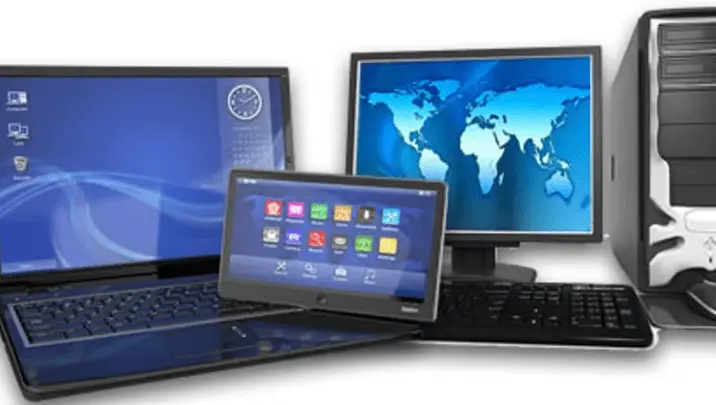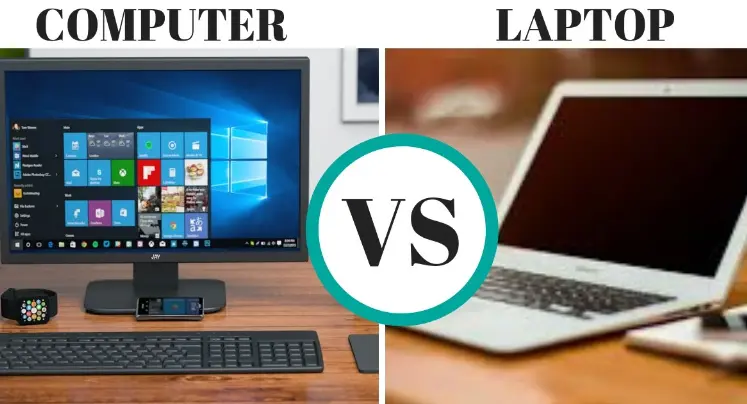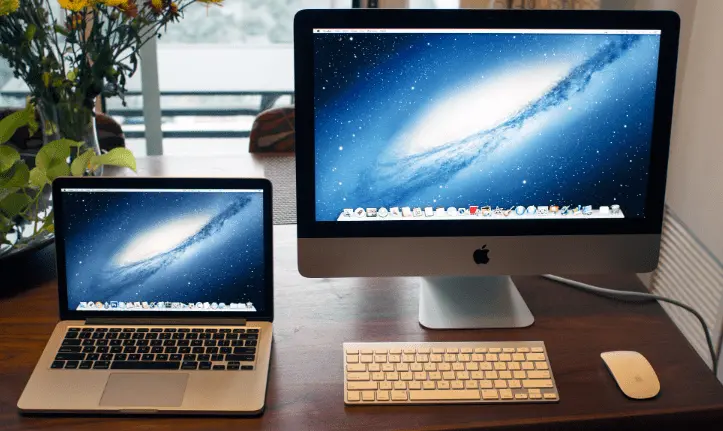
Understanding these difference between desktop and laptop pdf; it’s about empowering ourselves to navigate our digital landscapes with confidence and efficiency. Join us as we embark on a journey to uncover the distinctions between desktop and laptop PDFs, equipping ourselves with insights to optimize our document management experience.
PDFs have become the cornerstone of document management, offering a versatile and widely adopted format for sharing information. However, as technology evolves, so too do the devices we use to interact with these documents. In this exploration, we delve into the nuanced disparities between handling PDFs on desktops and laptops.
difference between desktop and laptop pdf

difference between desktop and laptop pdf
In our fast-paced digital world, PDFs have become the go-to format for sharing and preserving documents. Yet, have you ever stopped to consider the nuances between handling PDFs on your desktop versus your laptop? Let’s embark on a journey to unravel these difference between desktop and laptop pdf experience.
Step 1: Understanding Desktop PDFs
Desktop PDFs are the stalwart workhorses of the digital realm. Here’s how to navigate them:
- Familiarize Yourself with Features: Desktop PDFs often boast robust features tailored for power users. Take time to explore options for annotation, editing, and conversion.
- Leverage Desktop Tools: Software like Adobe Acrobat and Nitro Pro offer comprehensive suites for creating, editing, and managing PDFs. Familiarize yourself with these tools to unleash their full potential.
- Consider Compatibility: While desktop PDFs excel in functionality, ensure compatibility across various operating systems and devices to avoid compatibility hiccups.
Step 2: Embracing Laptop PDFs
Laptop PDFs bring flexibility and mobility to the forefront. Here’s how to make the most of them:
- Adapt to Mobility: Laptop PDFs cater to the on-the-go lifestyle. Embrace features optimized for touchscreens and trackpads to streamline your workflow.
- Select Suitable Software: Opt for lightweight PDF viewers like Adobe Reader or Foxit Reader for seamless performance on your laptop, ensuring smooth navigation even on resource-constrained devices.
- Mind Your Mobility: Take advantage of cloud storage solutions like Google Drive or Dropbox to access your PDFs from anywhere, anytime, ensuring your documents are always within reach.
Step 3: Bridging the Gap: Recognizing Key Differences
While both desktop and laptop PDFs serve the same purpose, subtle disparities exist. Here’s what to keep in mind:
- User Experience: Desktop PDFs offer a feature-rich environment, while laptop PDFs prioritize mobility and ease of access.
- Performance: Desktops often provide superior processing power for handling complex PDF tasks, whereas laptops excel in portability but may lag in performance for resource-intensive operations.
- Workflow Efficiency: Consider your workflow preferences and adapt your PDF management strategy accordingly, leveraging the strengths of each platform to optimize productivity.
Laptop PDFs
Choose the Right Software Select a Lightweight PDF Viewer: Opt for a reliable and lightweight PDF viewer tailored for laptops, such as Adobe Reader or Foxit Reader. These tools offer essential features without weighing down your system’s resources.
- Consider Additional Features: Evaluate software options based on additional features that align with your needs, such as annotation capabilities, form filling, or digital signature support.
Embrace Mobility
- Utilize Touchscreen Functionality: If your laptop is equipped with a touchscreen, leverage this feature to navigate PDFs with ease. Swipe, pinch, and zoom to interact intuitively with your documents.
- Master Trackpad Gestures: Familiarize yourself with trackpad gestures to enhance your PDF experience. Learn how to scroll, zoom, and navigate through pages effortlessly using simple finger movements.
Optimize Workflow
- Utilize Cloud Storage Solutions: Embrace cloud storage platforms like Google Drive, Dropbox, or OneDrive to store and access your PDFs from anywhere with an internet connection. This ensures your documents are always at your fingertips, regardless of your location.
- Synchronize Across Devices: Take advantage of synchronization features to ensure seamless continuity between your laptop and other devices. Sync your PDFs across desktops, smartphones, and tablets to maintain consistency and accessibility across your digital ecosystem.
Ensure Security
- Implement Encryption: Protect sensitive PDF documents by encrypting them with passwords or digital signatures. This adds an extra layer of security and ensures that only authorized individuals can access the content.
- Stay Updated: Regularly update your PDF software and operating system to patch security vulnerabilities and safeguard against potential threats. Maintain vigilance to mitigate risks and protect your digital assets.
Read more: Computer facts for kids
Key difference between desktop and laptop pdf

difference between desktop and laptop pdf
User Experience and Interface Desktop Experience: Desktop PDFs offer a feature-rich environment, with ample screen real estate for multitasking. You can seamlessly switch between documents, manipulate pages, and annotate with precision, thanks to the precision of a mouse and keyboard.
Laptop Experience In contrast, laptop PDFs prioritize mobility and adaptability. While touchscreens and trackpads offer intuitive navigation, the smaller screen size may require more precise gestures, and the compact keyboard may limit the ease of text input.
Performance
- Desktop Performance: Desktops typically boast superior processing power and storage capabilities, making them ideal for handling complex PDF tasks such as rendering high-resolution graphics or processing large documents with ease.
- Laptop Performance: Laptops, while designed for portability, may sacrifice some performance capabilities compared to their desktop counterparts. Resource-intensive operations like rendering complex PDFs or running multiple applications simultaneously may experience slight delays or reduced efficiency.
Workflow Efficiency
- Desktop Workflow: Desktop PDFs excel in providing a comprehensive suite of tools and features tailored for power users. From advanced editing functionalities to seamless integration with other software applications, desktops offer unparalleled workflow efficiency for complex document management tasks.
- Laptop Workflow: On the other hand, laptop PDFs prioritize adaptability and on-the-go accessibility. While they may lack the full suite of desktop features, they offer flexibility and mobility, allowing you to manage documents anytime, anywhere, with minimal setup or configuration.
Compatibility

difference between desktop and laptop pdf
- Desktop Compatibility: difference between desktop and laptop pdf
are typically compatible with a wide range of operating systems and devices, ensuring seamless accessibility and interoperability across difference between desktop and laptop pdf.
- Laptop Compatibility: Laptop PDFs, while generally compatible with desktop PDF formats, may require additional considerations for optimization on smaller screens or touch-enabled devices.
- Ensure compatibility with your preferred PDF software and operating system to avoid compatibility issues.
Conclusion
In the ever-evolving landscape of digital document management, understanding the nuances difference between desktop and laptop pdfs is essential for optimizing your workflow and productivity.




